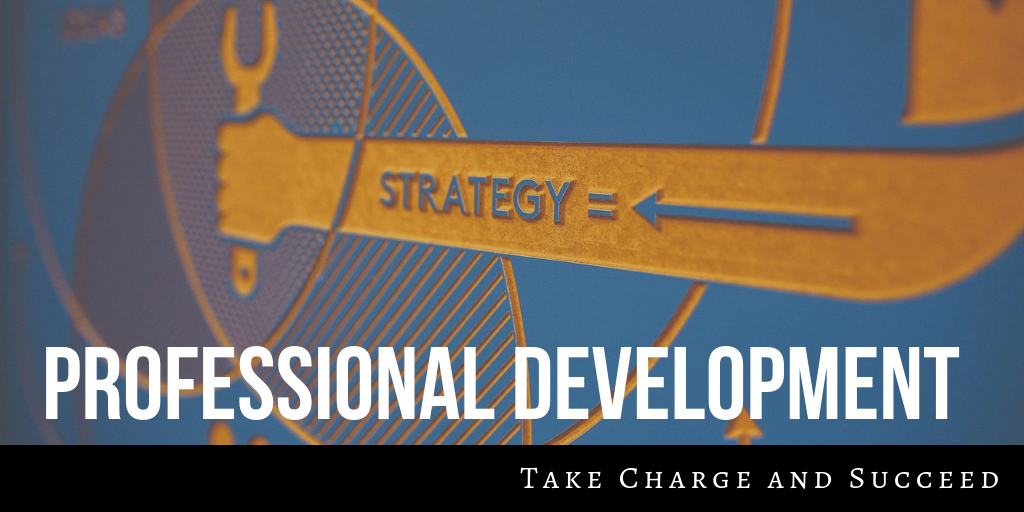Download PDF: ISPL Insight – How to take Charge of your Professional Development
Professional development is a process of learning, improving and increasing personal knowledge and professional capabilities. Professional development is an excellent way for employers to retain and nurture employee skills. In saying that, it is just as important for employees to take charge of their professional development to ensure you remain relevant and competent in your current and for future roles. Investing in your professional development also has the added benefit of demonstrating to employers that you are committed to your performance.
Most professionals do not spend time on professional development either because they are time poor or they are not sure what education or training opportunities are suited to their careers or needs for personal development. Identifying your personal career goals and development needs is a great place to start.
Identifying your personal career goals
Identifying your career goals can be as easy as asking yourself what you want to do with your career taking into consideration what you have been dreaming about or what excites you or defining your long-term vision, i.e. where do you want to be in the next five, ten or more years from now.
Your goals should be ‘SMART’ i.e.
Specific
Measurable
Achievable
Realistic
Timely
Your ultimate goal should consider where you are now, where you want to be and what you need to do to get there.
Identifying your development needs
Now that you have identified your personal career goals you can focus on identifying your development needs. Your development needs are the skills, knowledge and behaviours essential for you to do your job well. Identify the skills, knowledge and behaviours that you have now then compared them to what is required for your job to identify gaps. The gaps are your development needs.
 Also, take the time to identify your strengths and weaknesses. Knowing your strengths and weaknesses gives you a better understanding of yourself and how you function. While you can use your strengths to leverage yourself, your weaknesses can hold you back from achieving your career goals. Make a list of what you think are your strengths and weaknesses and ask the opinion of someone you trust. There are also several online tools such as the Richard Step Strengths and Weaknesses Aptitude test that can assist you in identifying your strengths and weaknesses.
Also, take the time to identify your strengths and weaknesses. Knowing your strengths and weaknesses gives you a better understanding of yourself and how you function. While you can use your strengths to leverage yourself, your weaknesses can hold you back from achieving your career goals. Make a list of what you think are your strengths and weaknesses and ask the opinion of someone you trust. There are also several online tools such as the Richard Step Strengths and Weaknesses Aptitude test that can assist you in identifying your strengths and weaknesses.
Knowing your weaknesses helps you take steps to address them while knowing your strengths helps you understand what you are good at.
Strategy
Once you have identified your career goals and development needs, decide on a strategy that you’re going to put in place to achieve your goals and develop a timeline for achieving your goals as outlined in your strategy. Consider getting a mentor to guide you with your career and professional development. Mentors are great for encouraging the personal and professional development of a mentee through the sharing of knowledge, expertise and experience.
Also, keep detailed notes of your strategy to help you remember your overall goal and to keep track of progress as you go along. Revisit your strategy regularly to track how you are progressing.
Professional Association
Another way to progress your career is by joining a professional association. Professional Associations provide members with opportunities to network, offer mentoring program, information session and in some case an opportunity for you to participate in Industry initiative of Regulatory reform. Some examples include Safety Institute of Australia, Environmental Institute of Australia and New Zealand, Australian Archaeological Association, Engineers Australia, just to name a few for more check out LinkedIn and talk to your peers. Before joining, consider attending some of the association’s events and information on their website to see if the join is right for you.





